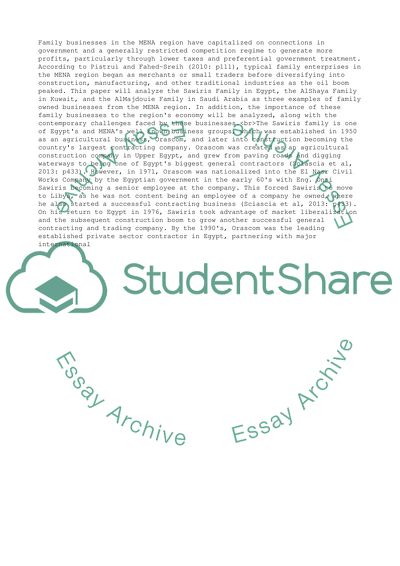Cite this document
(Management of MENA family businesses Essay Example | Topics and Well Written Essays - 3000 words, n.d.)
Management of MENA family businesses Essay Example | Topics and Well Written Essays - 3000 words. https://studentshare.org/management/1859453-management-of-mena-family-businesses
Management of MENA family businesses Essay Example | Topics and Well Written Essays - 3000 words. https://studentshare.org/management/1859453-management-of-mena-family-businesses
(Management of MENA Family Businesses Essay Example | Topics and Well Written Essays - 3000 Words)
Management of MENA Family Businesses Essay Example | Topics and Well Written Essays - 3000 Words. https://studentshare.org/management/1859453-management-of-mena-family-businesses.
Management of MENA Family Businesses Essay Example | Topics and Well Written Essays - 3000 Words. https://studentshare.org/management/1859453-management-of-mena-family-businesses.
“Management of MENA Family Businesses Essay Example | Topics and Well Written Essays - 3000 Words”. https://studentshare.org/management/1859453-management-of-mena-family-businesses.


